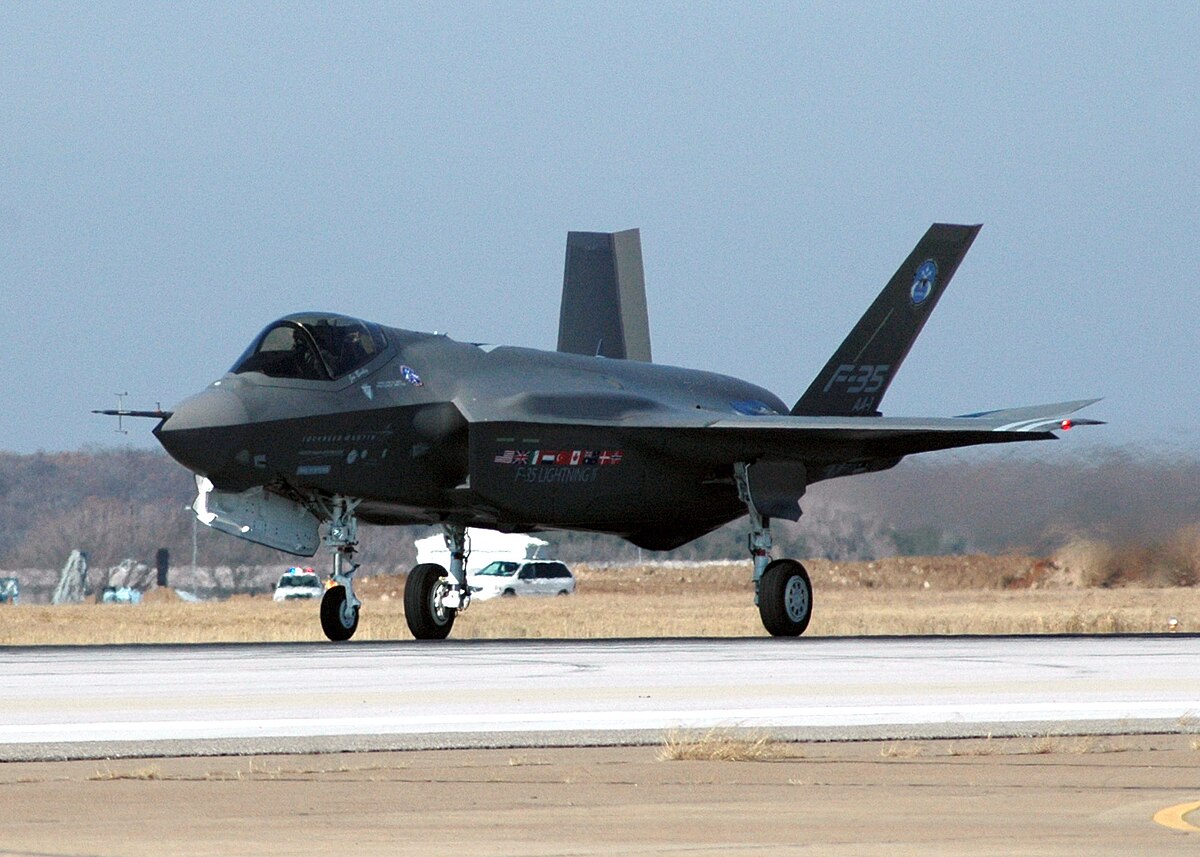The Lockheed Martin F-35 stealth fighter jet, the most expensive aircraft in history, still cannot even be adequately tested for operational use because its simulator system remains inadequate and has not yet been upgraded, a Government Accountability Office (GAO) report said.
China Emerging As World’s Largest Military Force; Can US Money-Power ‘Tame’ Chinese Man-Power?
“[The] F-35 program has not completed operational testing on the aircraft to ensure warfighters get the capabilities they require, primarily due to increasing delays with the aircraft simulator,” the report said on Tuesday.
In August 2020, the F-35 Program Office determined the simulator which is to be used to replicate complex test scenarios that could not be accomplished in real-world environment testing, did not fully represent the aircraft’s capabilities and could not be used for further testing until fixed, the report said.
Also, although the F-35 program is now nearly 20 years old, the US Air Force and manufacturers still have to “resolve critical deficiencies with the aircraft; ensure critical manufacturing processes are mature; address supply chain issues that strain production and sustainment; and [and] take steps to ensure reliability and maintainability goals are met,” the report said.

In the three years of Block 4 capability development, its total estimated cost increased from $10.6 billion to $14.4 billion. The Defense Department added another year to the Block 4 schedule, in March 2021 but the GAO found the remaining development time frame is not achievable, the report said.
“Unless the F-35 program accounts for historical performance in the schedule estimates, the Block 4 schedule will continue to exceed estimated time frames and stakeholders will lack reliable information on when the modernized capabilities will be delivered,” the report added.
The F-35 program began development in 2001 and remains the most expensive weapon system program in Defense Department history, the report acknowledged. Currently, the program is more than 8 years delayed and $165 billion over original cost expectations, according to the report.
860 Defects Remain Unresolved In F-35 Jets
Meanwhile, defense contractor Lockheed Martin has still not resolved more than 860 software and hardware defects in the F-35 fighter jet since the completion of the development phase in April of 2018, Bloomberg reported.

All remaining 864 deficiencies are of varying severity and capable to undercut readiness, missions and maintenance of the aircraft, the report said citing Pentagon sources.
Over the course of the past months, Lockheed Martin managed to rectify eight defects out of 872 that were pending in March, the report cited as saying Government Accountability Office Director Jon Ludwigson.
“Deficiencies represent specific instances where the weapon system either does not meet requirements or where the safety, suitability, or effectiveness of the weapon system could be affected,” Ludwigson said.
Lockheed Martin spokesman Brett Ashworth said seven defects that have a critical impact on mission readiness and are currently awaiting government adjudication but neither of the flaws is considered to be potentially life-threatening, the report said.
Lockheed Martin will fail to deliver the planned 158 F-35 jets this year but projects to produce a higher number in 2022, the report added.
Read More




